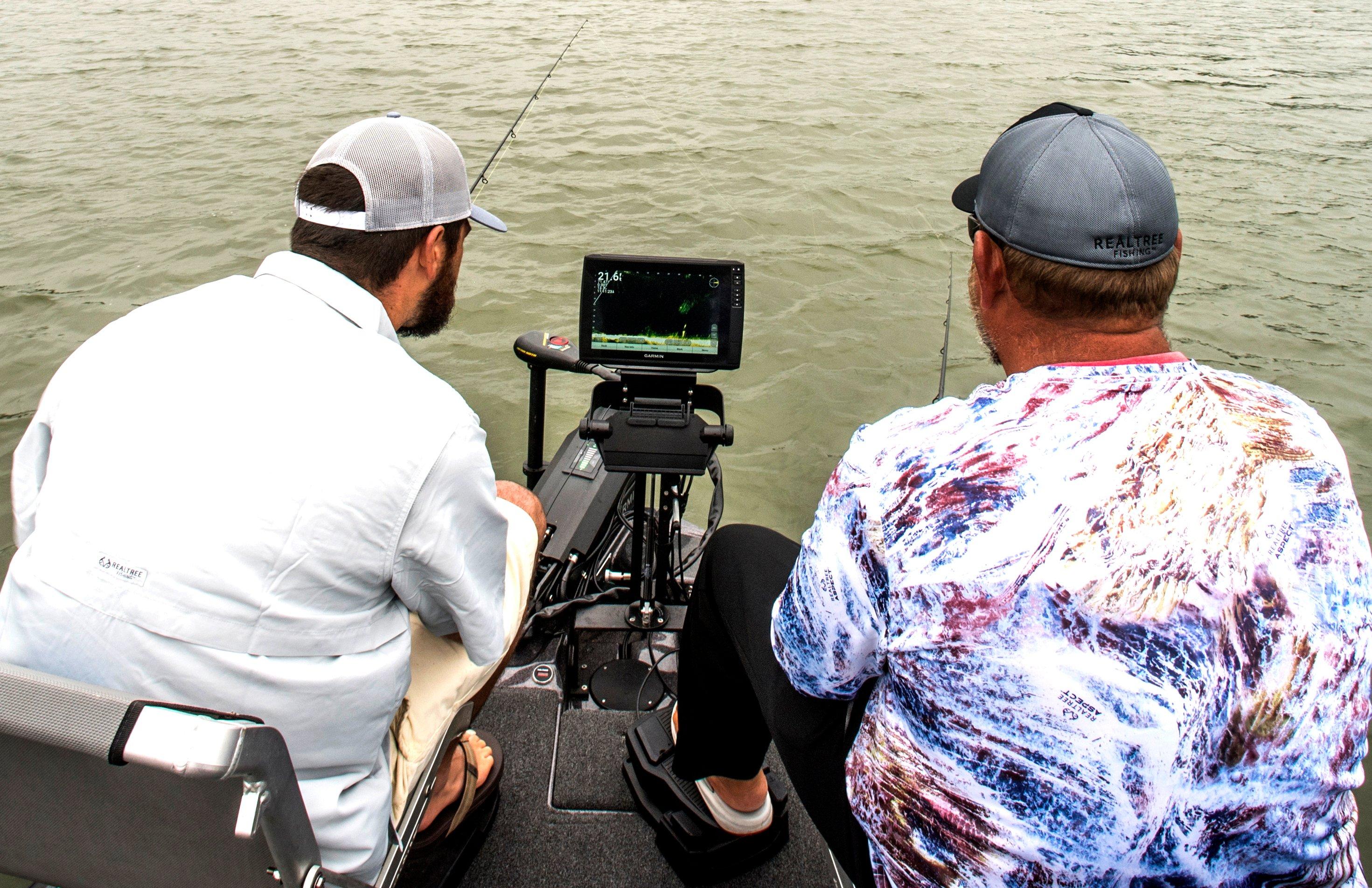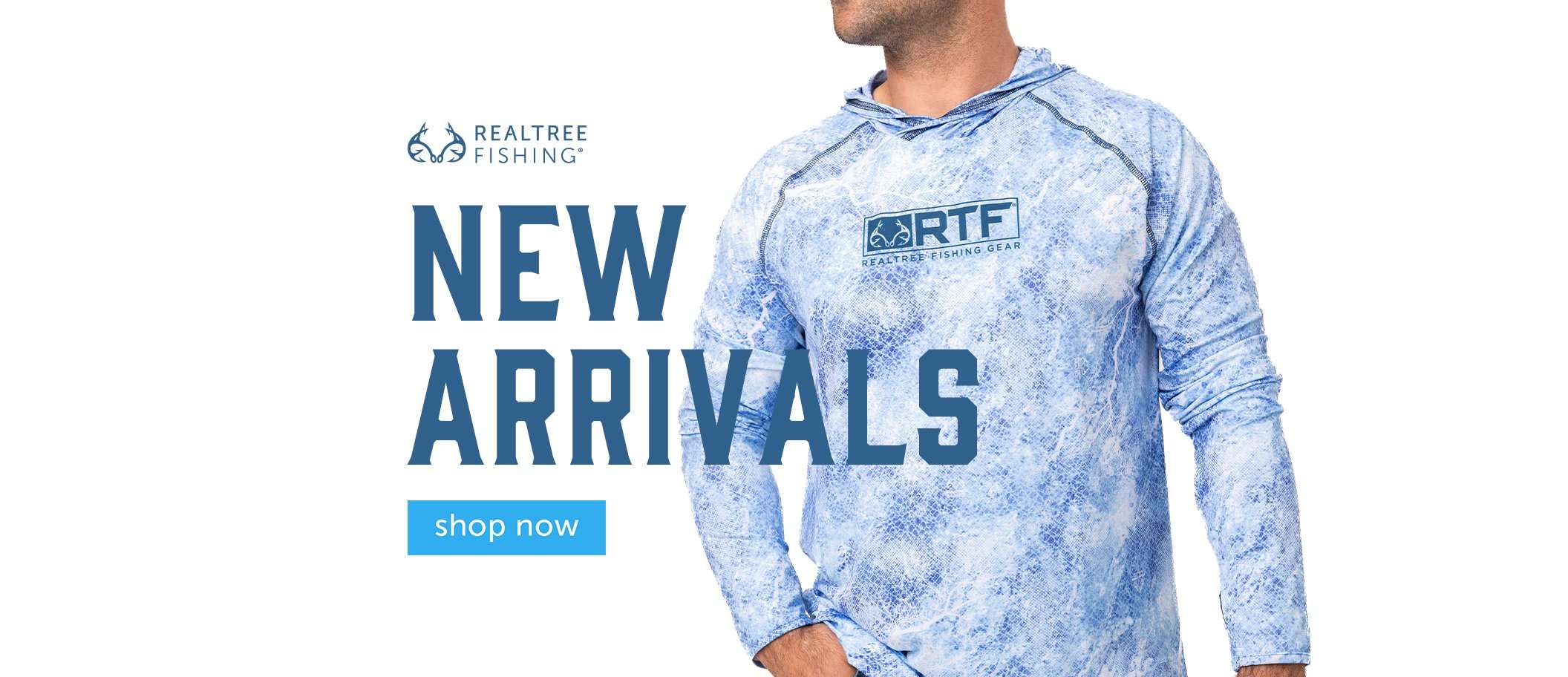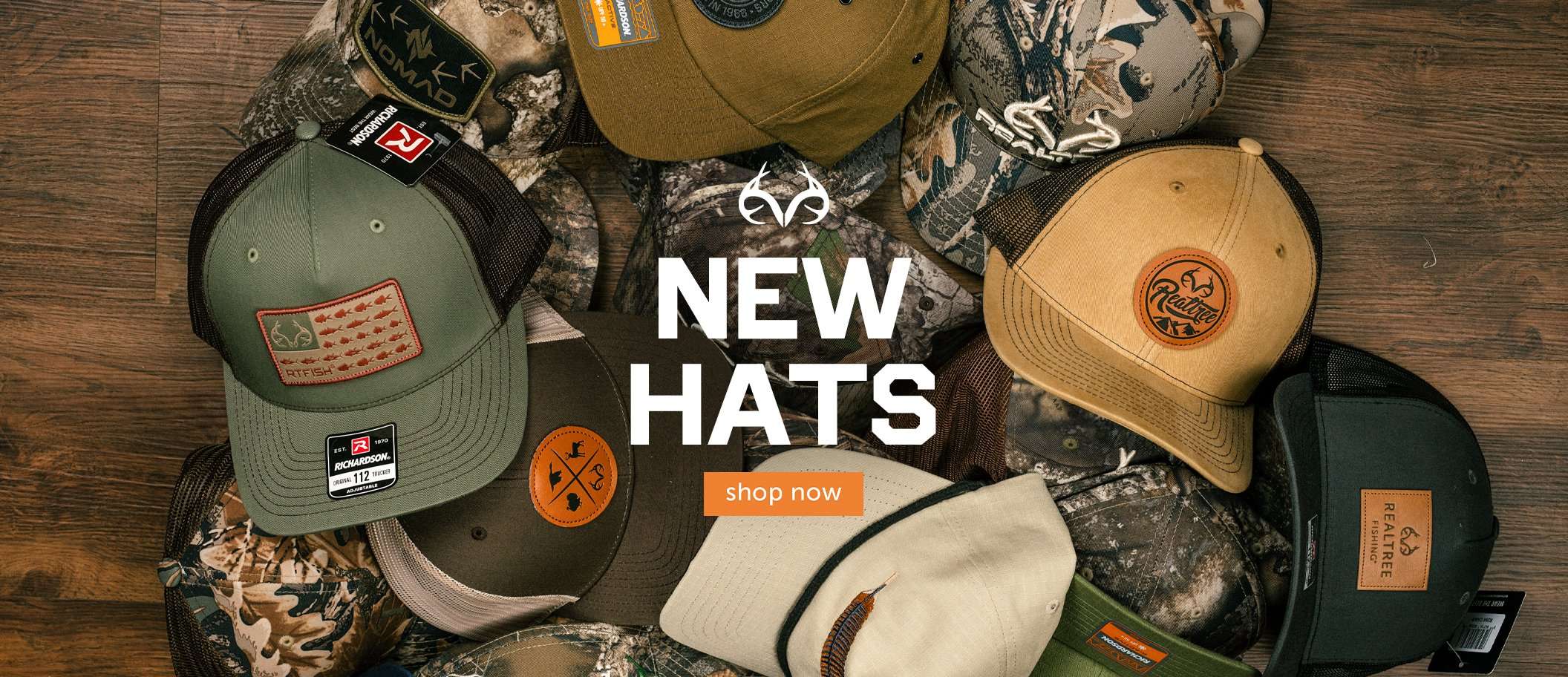The daily creel limit has been lowered from 15 fish to 10 on Grenada, Sardis, Enid, and Arkabutla. MDWFP cites concerns over forward-facing sonar
Mississippi has just tightened the crappie fishing regulations on four of the country’s premier lakes. The Mississippi Department of Wildlife, Fisheries, and Parks says the changes are in direct response to the overwhelming effectiveness of anglers using forward-facing sonar.

Mississippi is taking steps to reduce pressure on four popular crappie lakes in response to increased use of forward-facing sonar. Image by Realtree Media
The four lakes — Grenada, Sardis, Enid, and Arkabutla — are famous for big white crappies. Effective July 24, as reported in the Clarion Ledger, the daily limit on each lake will be lowered from 15 fish per person to just 10. The minimum size limit remains 12 inches. Furthermore, in boats with three or more anglers, the boat limit will be capped at 25 total fish instead of the previous 40. Of note, these new regs apply to the reservoirs themselves, but the spillway fisheries carry different limits.
All four lakes have always had substantial fishing pressure, partly because they’ve long been in the media spotlight. The lakes, which are in north-central Mississippi, have been collectively dubbed the “Arc of Slabs” by outlets like In-Fisherman magazine, and they’ve given up big fish for decades. Changes in size and creel limits are common on popular fisheries, as all lakes change over time. But this particular change is the result of a specific — and relatively recent — advancement in fishing technology, and that is noteworthy.

Forward-facing sonar allows anglers to target individual fish in real time. Image by Will Brantley
While it’s true that technology is always advancing, regulatory changes are typically slow to catch up. But forward-facing sonar (FFS), which hit the market in 2018, has quickly become a lightning rod topic in the fishing community. It has allowed anglers to see individual fish all around their boats, present lures to those fish, watch their reaction in real time, and trigger the bite. The FFS nickname — video game fishing — couldn’t be more fitting.
***Don’t Miss: *WHITE CRAPPIE VS. BLACK CRAPPIE: WHAT’S THE DIFFERENCE?
Yet, on most lakes and rivers, creel limits are still based on data and catch rates from another era, when anglers rarely kept their maximum allotment. The framework was built around the assumption that most anglers struggled to find fish some days, caught a few fish most days, and every now and then had a great day, when all the pieces came to together to catch a limit. Most of our fishing regulations are firmly based on those “good ol’ days”, when Gramps tossed out an anchor and hoped for the best. But modern managers are realizing that we’re far removed from that now.
Let’s take a modern day on the Mississippi crappie lakes as an example. Today’s angler uses GPS and chart-plotting technology immediately when leaving the boat ramp. He can easily navigate his boat to an exact location that holds quality fish, say a submerged brush top on a creek channel bend. Once there, the angler can then precisely hold his boat within inches of the brush utilizing a GPS-guided trolling motor. And then he can look at a screen to view fish out in front of the boat, cast to those fish, watch his lure on the screen and, by watching the fish’s reaction to his lure, change tactics in order to trigger a bite.
Many veteran crappie anglers using FFS will tell you that catching a limit is almost guaranteed. FFS equipment is expensive, but that’s not stopping anglers from using it. In fact, Mississippi conducted a 3-year study of anglers on Sardis, Enid, and Grenada and found that more than 70% of them are already using FFS. I’d wager that number will surpass 90% before leveling out. The same study also found that anglers using live sonar were catching two to three times more fish than those who weren’t.
We’re seeing similar trends across the board on numerous fisheries, freshwater and saltwater. Anglers are utilizing technology in ways that drastically increase their chances of success. Fishing license sales surged in 2020 and have leveled off some since, but there are still a bunch of anglers on the water. Meanwhile, panfish limits of 50 per day, per angler are still common in many states. What impact will that have in the long-term, as more and even most anglers become adept at using forward-facing sonar?
Don’t Miss: A SIMPLE JIG AND BOBBER FISHING FOR BIG SPRING CRAPPIE
Bag and creel limits have not been traditionally set based on guarantees of catching. Fish are not an unlimited resource, and management of a fishery requires more than crossing our fingers. The MDWFP was open in crediting new technology as the reason behind the change, and I applaud them for that. Folks, something’s got to give. Either we reduce the take on our best fisheries or we reduce the number of days we’re all allowed to go fishing.
Personally, I don’t care to even think about the second option.












